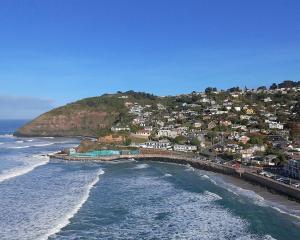Forest and Bird announced the results of its annual poll last night, with the mohua winning 2473 votes, followed by the ruru on 1716 and the southern rockhopper penguin on 1524. More than 12,925 votes were cast in the poll.
In the 1800s, the yellow bird was one of the most abundant forest birds in the South Island and Stewart Island. However, it was now on the endangered species list, due to habitat loss, predation and climate change, Forest and Bird advocacy manager Kevin Hackwell said.
Warm summers caused the beech trees it lived in to produce large volumes of seeds, which in turn increased the number of rats and stoats, which hunt the birds.
''And, like many native birds living in beech forests, they're not just dealing with rats and stoats, but also introduced wasps, which compete with our birds for honeydew and insects.''
Using the tag line ''vote mohua, not monorail'', Green Party co-leader and mohua campaigner Metiria Turei helped to raise the profile of this bird, which now mainly lived in forest patches in Fiordland, Southland and Otago, he said.
Extensive work had been done recently to improve the mohua's chances of survival, including a Doc-run 1080 rat-control programme in the Catlins.
''Now, mohua in the area are thriving, and the area hosts one of the largest populations of the bird.''
The runner-up, the ruru, was backed by Dunedin's Tainui School, and the southern rockhopper penguin was championed by Playcentre New Zealand. The native bird that polled most poorly was the skua.
Advertisement













